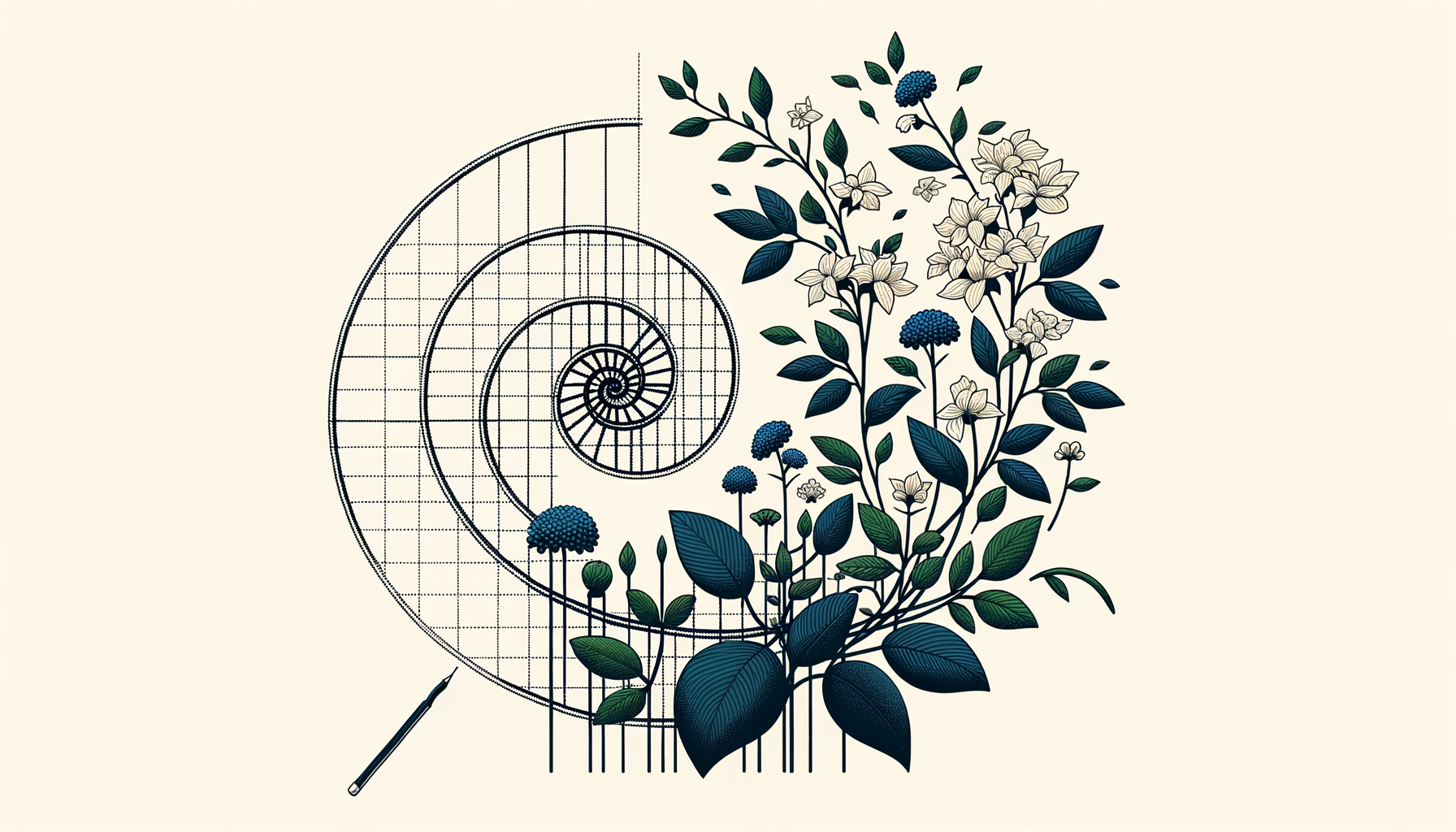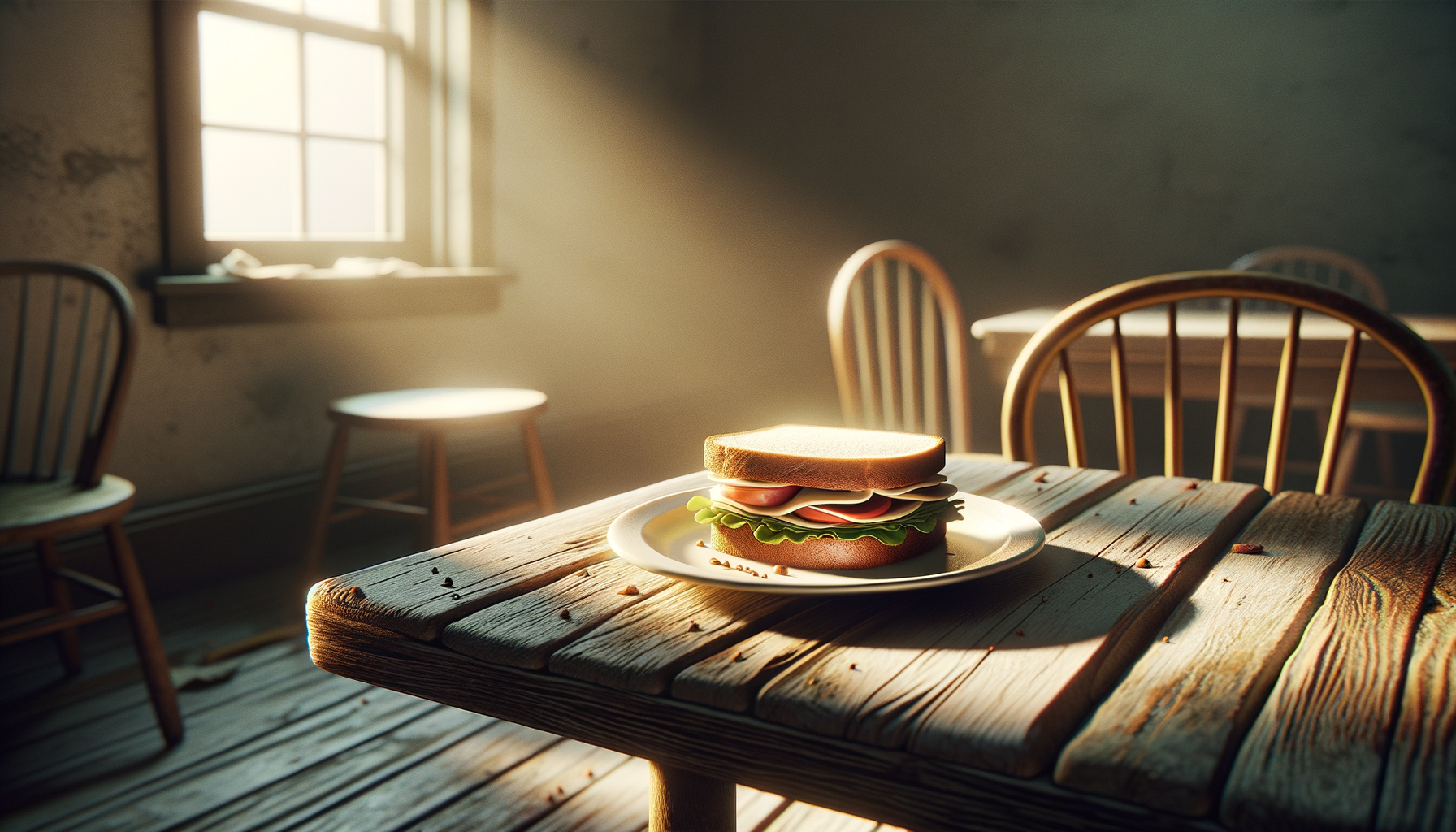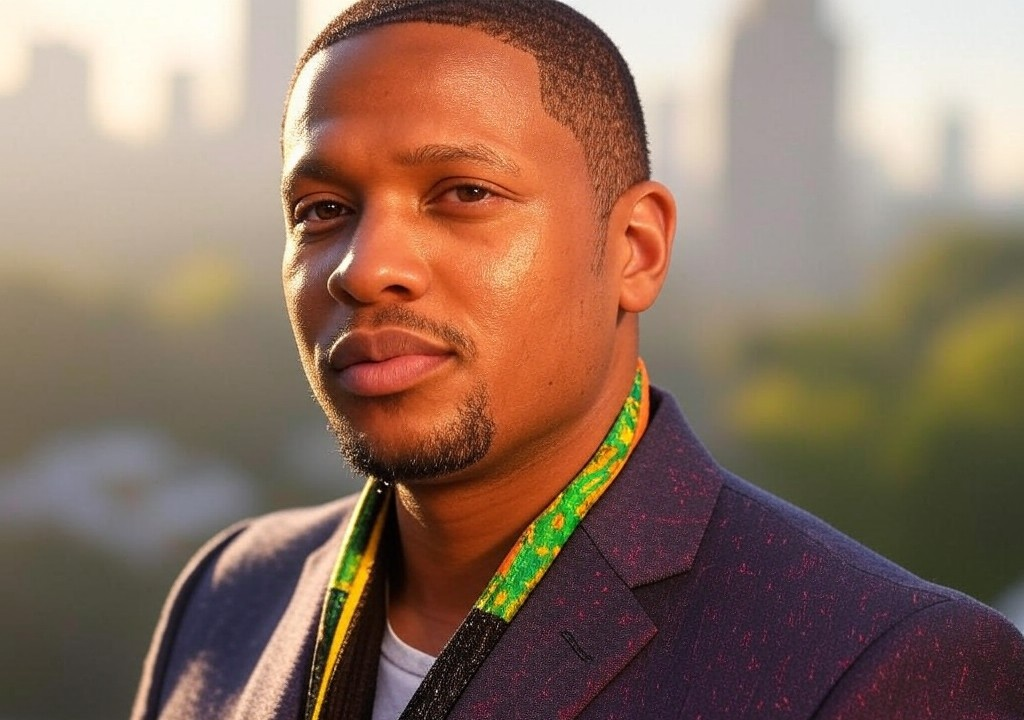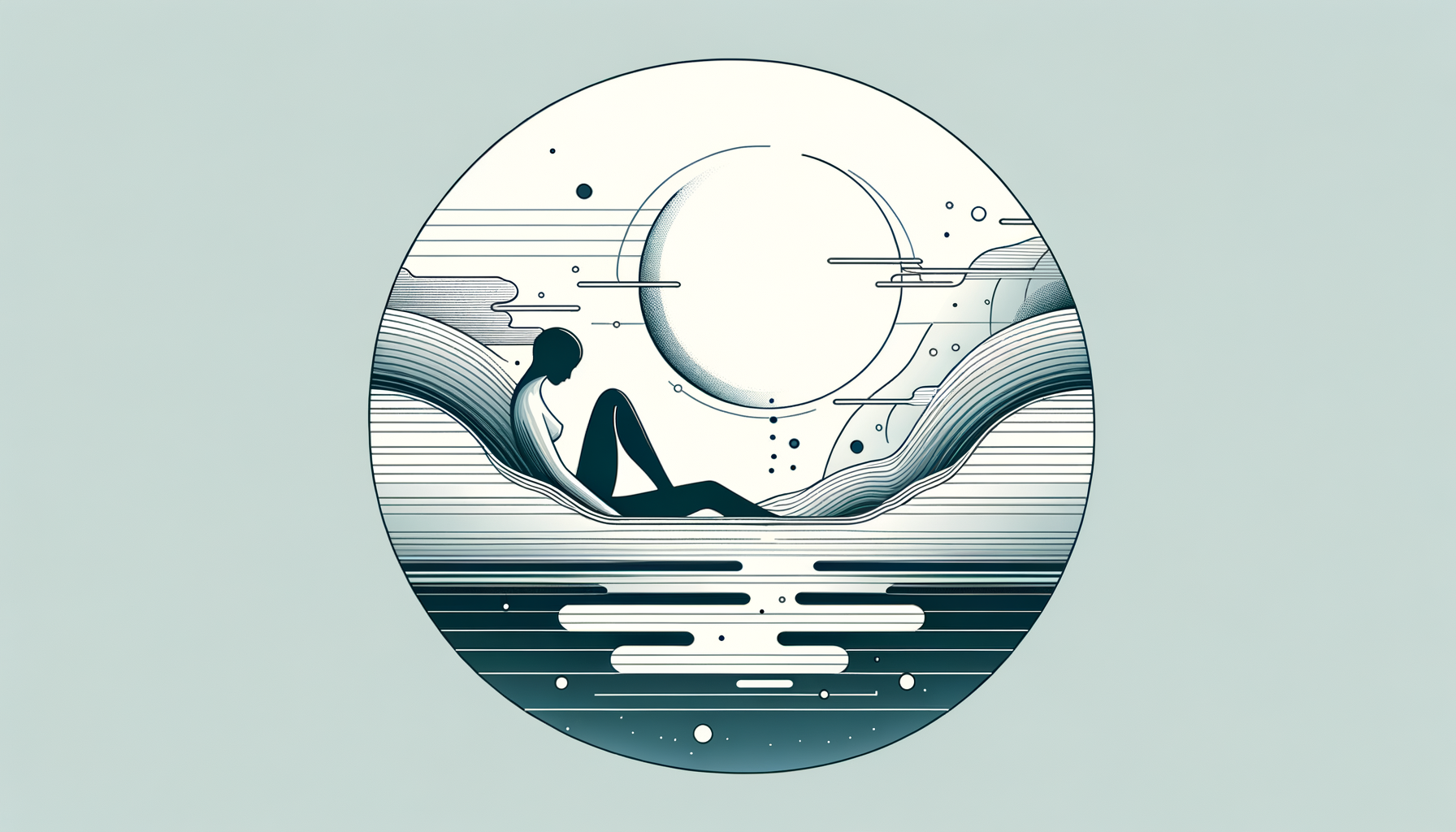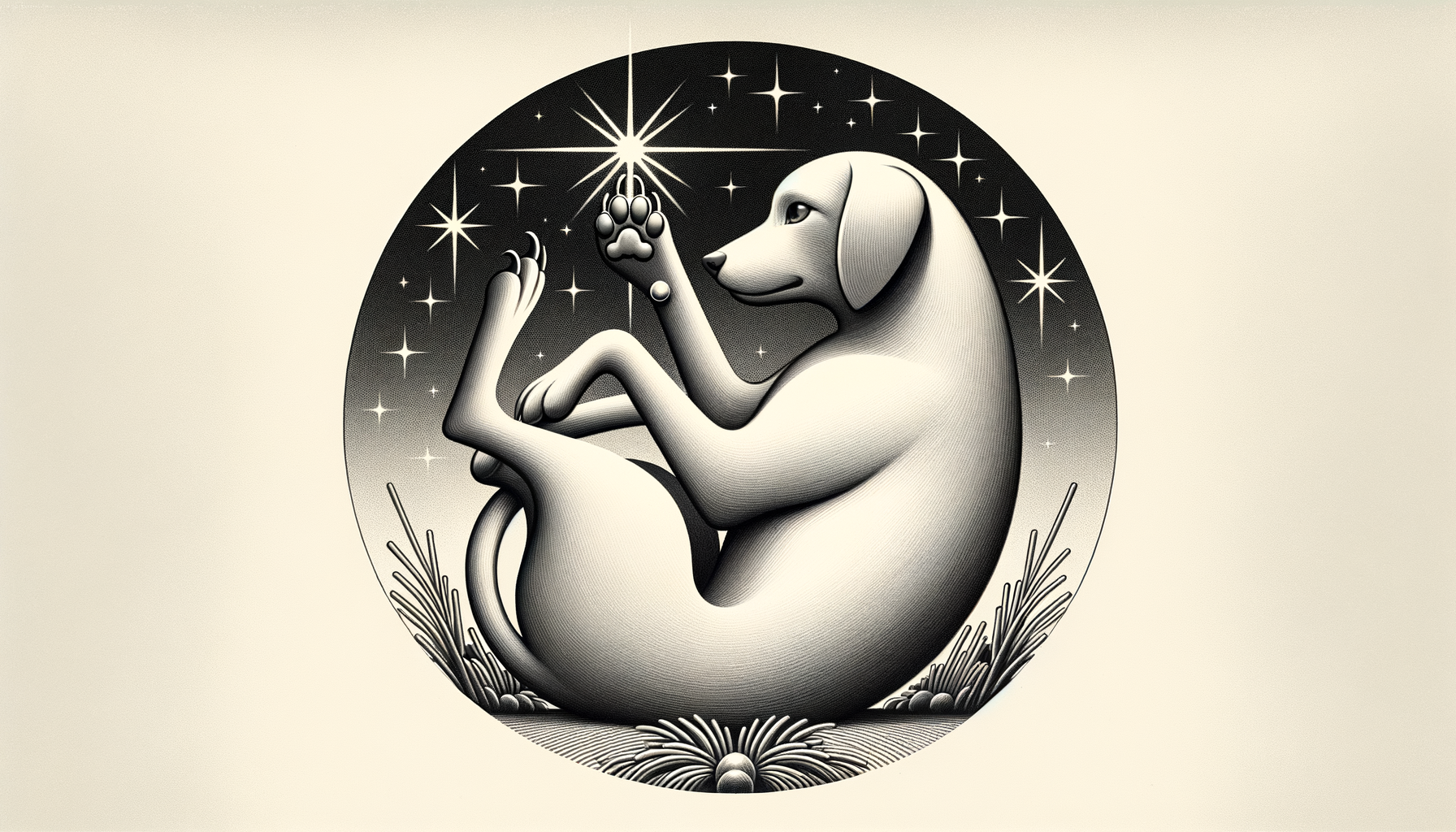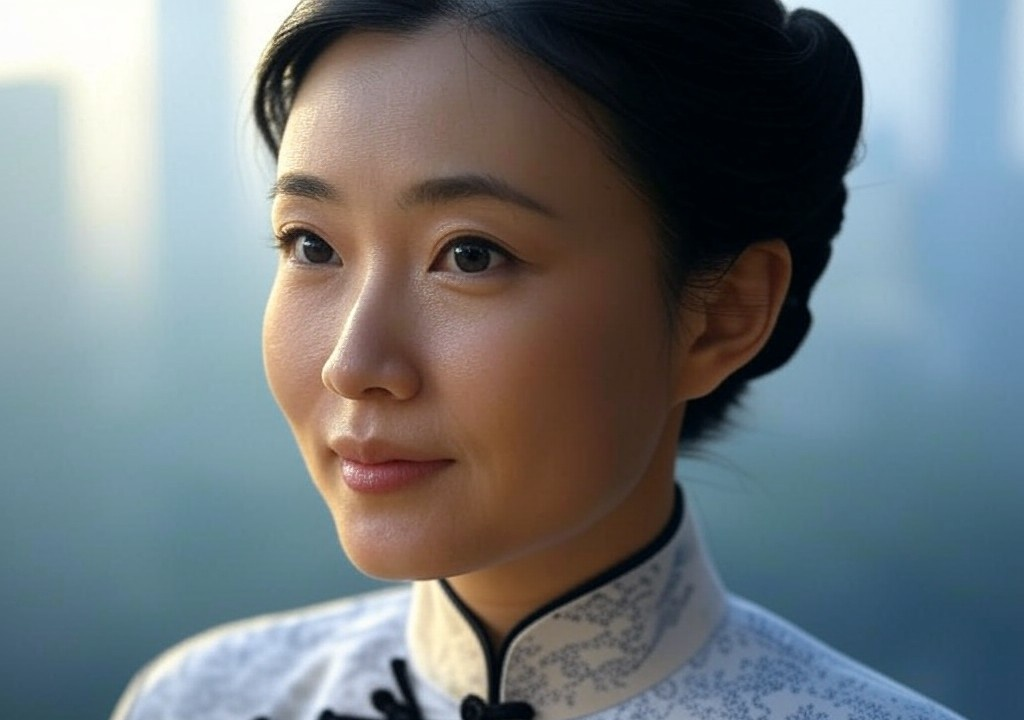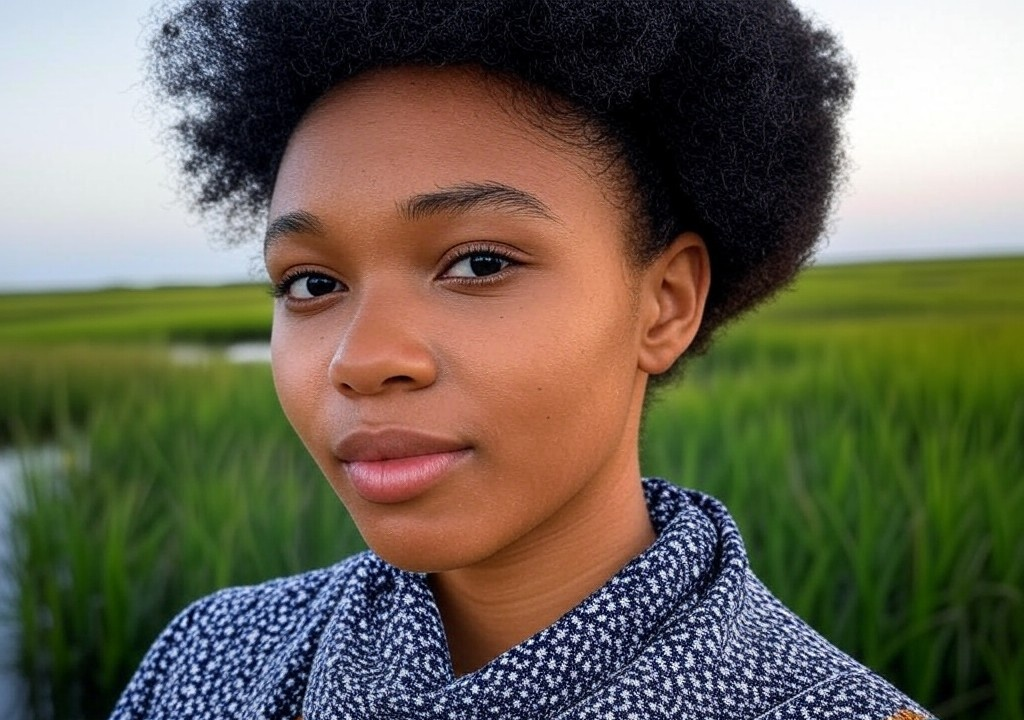I was twelve when my father told me the story. It was an overcast Sunday in Athens, and we’d just sat down for lunch—roast lamb, lemon potatoes, and a salty hunk of feta perched on the edge of my plate. The conversation started innocently enough: my cousin was dating a boy from another neighborhood, and the family was buzzing about it like a Greek chorus of approval and speculation. That’s when my father leaned in conspiratorially and said, “In the end, Dimitri, good relationships are all about finding the right fit. Our family always knows how to pick someone who fits with us.”
At twelve, I didn’t question this. My father, after all, had the air of a philosopher in a taverna—a man with olive oil wisdom and oregano authority. The idea of “the perfect fit” made sense to my young, romantic brain. Like any Greek kid, I’d grown up on a steady diet of mythology; in this case, it seemed like my family had its own mythological truth to live by.
But myths, as it turns out, are tricky things.
The Theory of Forks and Fitting Handles
The family “fit” myth aggressively adhered to what I’ll call Fork Theory, as passed down by generations of Laskaris dinner-table philosophers. The principle was simple: all relationships are like forks and their handles. If the handle didn’t match the prongs—if the balance was off, the weight wrong, or the curve misaligned—it would wobble, maybe break. In my family’s eyes, “fitting” essentially meant similarity, cohesion, and a smooth slide into shared traditions, values, and habits. Someone predictable, they advised. Someone who makes sense in our world.
Growing up immersed in this ideal, I imagined that relationship harmony could be neatly engineered, with enough vetting of family backgrounds, cross-referencing of interests, or ensuring shared love for bouzouki music on summer nights. Naturally, I carried this into my early relationships like a mantra. But here's the problem with mantras: they only work if they actually mean something.
The Love Equation Gone Awry
Fast forward to my twenties. I had just returned from my MBA studies in London and had started managing a boutique hotel in Chania, Crete. Life was ferociously colorful, saturated with the electric blue of the Aegean and conversations in half a dozen languages. I met people who didn’t share my love of lamb fricassee or Kazantzakis, who didn’t instinctively stay up until 2 AM debating Aristotle’s Ethics. People who surprised me.
One person in particular stood out: Julia, an Australian artist backpacking her way across Europe. She was messy in all the ways I had convinced myself I couldn’t handle—prone to blunt declarations (“Why is squid ink pasta even a thing?”), a notorious overpacker, and entirely uninterested in predictability. Julia had zero reverence for family mythologies. “Fitting?” she laughed once after meeting my cousins. “Who needs that? Where’s the fun in someone who’s just like you?”
Reader, let me tell you—my internal Fork Theory alarm bells were deafening. But more compelling than the alarms was this quiet, unnerving realization: her chaotic ways intrigued me more than any “fit” ever had.
The Misfit Revelation
Not to disappoint you, but Julia and I didn’t end up together. There was no dramatic, rain-drenched airport scene à la The Notebook. She moved on, and so did I. But she left me with an enormous crack in my belief system—a good kind of fissure, one that let in light.
I started to see the flaws in the myth I’d inherited. The truth is, no one fits into your life like a missing puzzle piece, because people are neither puzzles nor forks. Relationships aren’t Ikea furniture sets that need perfectly matching screws; they’re messy gardens where wildly different plants compete for sunlight and rain. Sometimes the olive tree ends up thriving next to the rosemary bush, even when no one thought they’d work together.
This shift in thinking freed me from something I hadn’t realized was weighing me down: a fear of discomfort, of difference, of unpredictability. And when I later found the real love of my life (who had never even seen My Big Fat Greek Wedding), I realized that the richest connections are often born from just enough friction to keep things interesting—and just enough difference to keep life surprising.
What I’ve Learned About “Fit”
So, how does one navigate relationships without obsessing over “fit”? Personally, I’ve swapped out my family’s Fork Theory for something a little more forgiving. Call it Patchwork Love Theory, if you like. It embraces the beautiful paradox of connection: shared values are important, yes, but so is learning to love what’s unfamiliar or uncomfortable. Here’s what I’ve learned along the way:
-
Focus on Complementary Strengths, Not Same-Same Everything.
After Julia, I realized that what makes relationships thrive isn’t sameness—it’s complementary chaos. You’re outdoorsy? Fantastic. Date the introverted bookworm who keeps you anchored when you veer too far into wanderlust. Diversity within a relationship keeps it alive. -
Embrace the Weird Stuff.
The quirks that first seem odd—like your partner’s love of experimental jazz or their refusal to eat olives—often become the things you appreciate most. When two cultures, habits, or personalities collide, it stretches both parties into a richer version of themselves. -
Ask the Real Questions.
Instead of concentrating on whether someone fits into a mental checklist, I’ve learned to ask one question: “Does this person make me curious to know more?” Curiosity is a better barometer for compatibility than similarity ever will be. -
Build Together, Don’t Slot In.
The concept of “fitting” assumes a static mold. But relationships are supposed to evolve. Stop looking for a perfect prong handle. Instead, find someone you can build something unique with, whether it’s a life together or just a deeper understanding of love.
Breaking Up With the Myth
Though I’ve shed Fork Theory, I still share these family conversations over Sunday lunches. Don’t get me wrong—my parents occasionally shake their heads when I remind them of Julia or muse about “misfit” love. But in the soft glow of the Mediterranean sun, heads turn just slightly when I tell them about the gardens I’ve seen flourish: of people, passions, and differences intertwined.
The family “fit” myth wasn’t malicious; it was born from a place of love, concern, and tradition. But the beauty of myths, I think, is that we’re allowed to outgrow them. We can take what’s useful—like the love of roast lamb and heated philosophical debate—and leave the rest behind.
So now, when I sit with my own partner in our small kitchen in Athens sharing olives, or drink wine with a table full of people who couldn’t be more mismatched in personality or background, I no longer feel the need to justify it. I’ve realized the best relationships aren’t forged by a mythical fit. They’re co-created, imperfect, and ever-expanding—just like love should be.

